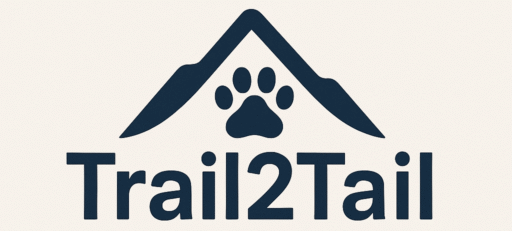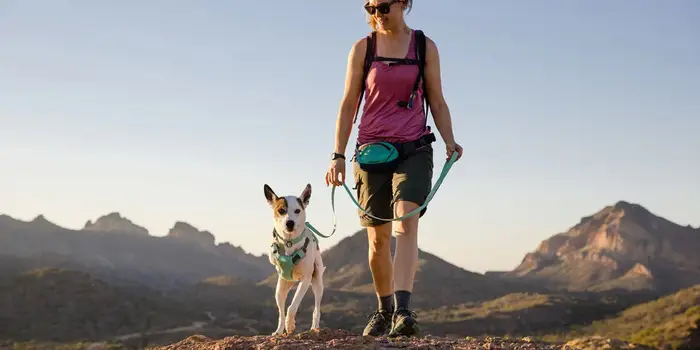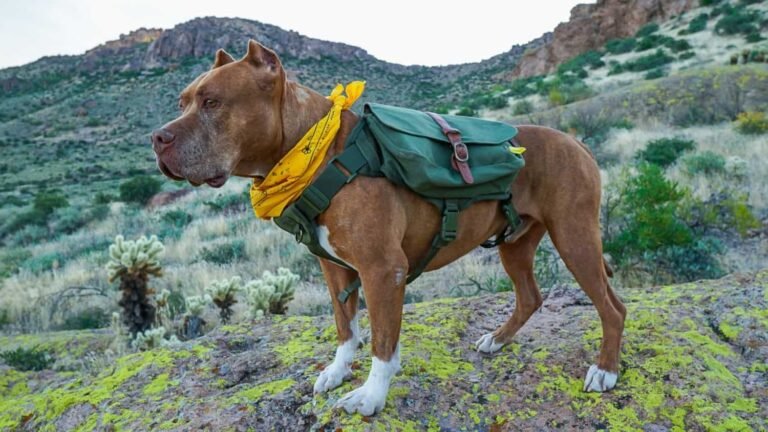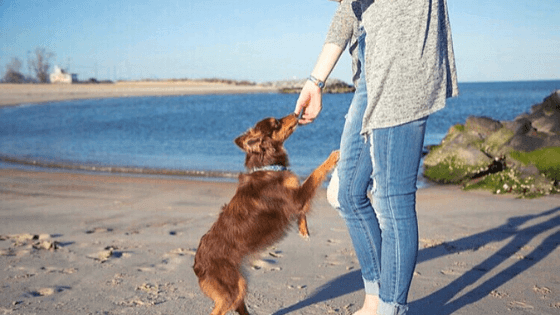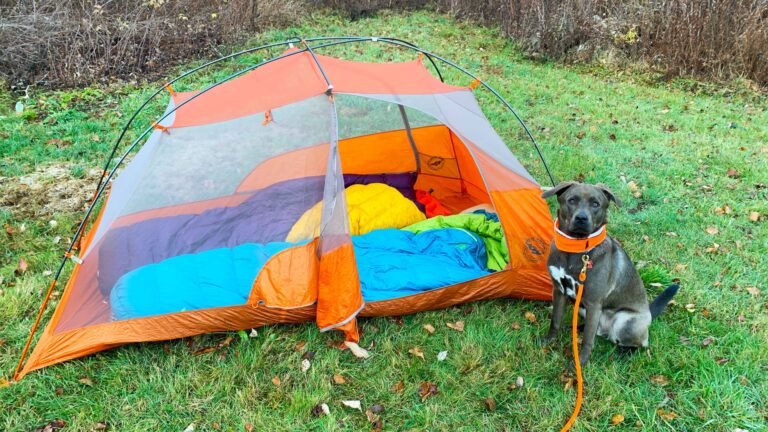You might not realize it, but a well-fitted harness is vital for your pet’s comfort and safety, just as much as it is for your peace of mind. Understanding the science behind harness fittings can greatly enhance your pet’s experience during walks and outdoor adventures. From the design and materials used to the proper measurements needed for an optimal fit, this post will explore into how a well-fitted harness can improve your pet’s mobility, reduce stress on their body, and enhance overall enjoyment of your shared activities.
The Anatomy of a Harness: Components That Matter
Understanding the anatomy of a harness helps you make informed choices, ensuring a better fit and functionality for your pet. A typical harness consists of various components, including buckles, straps, and padding, each designed to contribute to comfort and safety. Selecting the right combination of these components can greatly enhance the experience of walking and exercising your pet.
Key Elements: Buckles, Straps, and Padding
Buckles and straps are the core functional elements of any harness. The buckles should be user-friendly yet secure, preventing accidental release while making it easy for you to put on and take off the harness. Straps need to be adjustable, allowing you to customize the fit, while the padding should offer comfort without compromising breathability. Finding the right balance between these elements ensures your pet remains comfortable and secure during outings.
Materials and Their Impact on Fit and Function
The materials used in harness construction directly affect how well it fits and performs. High-quality nylon or polyester fabrics offer durability, while lightweight options can enhance mobility. Additionally, mesh materials can provide breathability for hot days, ensuring your pet remains cool and comfortable. Underlying padding, often made from foam or gel, not only enhances comfort but also helps distribute pressure evenly, reducing the risk of chafing or injury during activity.
Choosing the right materials involves understanding their properties. For instance, a heavy-duty harness with reflective stitching made from a waterproof material serves both safety and functionality, ideal for evening walks or in wet conditions. In contrast, a soft, cushioned harness made from breathable mesh fabric might be perfect for everyday use, prioritizing comfort for your pet. Each material choice influences how the harness fits and its overall effectiveness in various situations, so you should consider your pet’s specific needs when selecting a harness, ensuring it fits snugly without compromising mobility or comfort.
The Mechanics of Comfort: How Fit Affects Performance
A harness that fits properly is more than just a comfort accessory; it directly impacts your pet’s performance and behavior. When a harness distributes weight evenly across the body, your pet can move freely and naturally, resulting in better agility and endurance. Conversely, a poorly fitting harness can restrict movement, lead to fatigue, and even cause injury. Keeping an eye on how your pet responds to their harness can provide valuable insights into its fit and overall effectiveness.
Pressure Distribution and Its Importance
Even pressure distribution plays a pivotal role in ensuring your pet remains comfortable while wearing a harness. When the load is concentrated in one area, it can lead to discomfort or pain that distracts your pet from various activities. Ideally, a quality harness will spread the applied forces across a broader surface area, reducing the risk of bruising and allowing for better movement fluidity.
The Role of Adjustability in Personalized Fit
Adjustability is a key feature that enhances the fit of a harness, allowing for fine-tuning to meet your pet’s specific shape and size. Harnesses with multiple adjustment points offer a more tailored experience, accommodating variations in your pet’s build. For example, some designs feature adjustable straps on both the chest and belly, ensuring a snug fit that can be easily modified as your pet grows or gains or loses weight.
The ability to adjust a harness means you can find a fit that minimizes chafing while maximizing comfort for your pet. This is especially important for active dogs that require freedom of movement during extensive walks or runs. A personalized fit not only enhances your pet’s comfort but also reduces the temptation to pull or escape, fostering better control during outdoor adventures. For instance, a properly adjusted harness can lead to fewer distractions, allowing your pet to focus on the activity at hand rather than irritations from their gear. Investing in a harness with multiple adjustability features is ideal for long-term comfort and performance.
Safety First: The Science of Harness Engineering
Harness engineering merges innovation with safety, emphasizing the need for reliable designs that protect your pet while providing comfort. Various materials, such as durable synthetics and breathable fabrics, are meticulously selected to ensure both strength and flexibility. Engineers mathematically analyze load distribution and stress points to create harnesses that effectively handle the force exerted during activities. This thorough design process results in harnesses that not only fit well but adapt to your pet’s unique body dynamics without compromising safety.
Testing Standards and Their Significance
Testing standards serve as benchmarks for harness safety and performance. Organizations, such as ASTM International, have established protocols that evaluate strain, tear resistance, and even impact performance. During tests, harnesses undergo rigorous assessments to simulate real-world conditions, ensuring they can withstand unexpected scenarios. Compliance with these standards signifies a commitment to quality and reassurance that you can trust your chosen harness to perform under pressure.
Real-world Implications of Harness Failures
Failures in harness design can lead to severe consequences ranging from minor injuries to life-threatening situations. For instance, a poorly constructed harness may break during critical moments, resulting in a pet escaping into traffic or becoming injured during a walk. Real-life testimonials from pet owners highlight the dangers; a single failed snap led to a heart-stopping moment when a dog dashed into the street. Ensuring that your harness honors safety standards can mean the difference between a leisurely walk and a potentially devastating accident.
The ramifications of harness failures extend beyond mere physical risks. Emotional distress for both you and your pet can result from loss of control or, in the worst-case scenario, injury. Incidents of harness malfunction have led to costly veterinary bills and deep anxiety for pet owners who were left feeling helpless. Additionally, unwavering trust between you and your pet can be compromised if a harness fails, creating lasting behavioral issues. Investing in a quality harness engineered with safety in mind ensures your adventures are enjoyable and stress-free.
Enhancing Engagement: The Psychological Aspect of a Good Fit
A snug, well-fitted harness fosters a deep sense of engagement for both you and your pet. This optimal fit promotes feelings of security, allowing your pet to explore their surroundings with confidence. The psychological impact is significant; when your pet feels safe and secure in their harness, they are more willing to engage with you and their environment. You may notice heightened curiosity, exploration, and an eagerness to participate in activities, enhancing your bond and making outdoor adventures more enjoyable.
Confidence and Control in Optimal Harness Use
Your mastery over handling the harness extends beyond mere functionality; it directly contributes to a sense of control and confidence during your outings. A well-fitted harness allows for better communication between you and your pet, helping to establish trust. When both of you are comfortable and secure, you can confidently navigate various settings, whether it’s a crowded park or a bustling street, making the experience enjoyable for both parties.
The Social and Behavioral Impacts of Proper Equipment
Equipping your pet with a properly adjusted harness not only influences their behavior but also affects how others perceive you during outings. Observers are more likely to have positive feelings towards a well-controlled dog, which can lead to increased interactions and social opportunities for both you and your pet. Evidence suggests that pets wearing appropriate gear display less anxiety and aggression, fostering better relationships with both humans and other dogs.
Beyond mere aesthetics, the social implications of using a well-fitted harness can lead to enhanced interactions with fellow pet owners and the community. Harnesses that fit appropriately can reduce pulling and unwanted behaviors, encouraging your pet to behave well in social settings. This improvement makes walks more enjoyable and safe, reducing confrontations and potential mishaps while out and about. Ultimately, utilizing the right equipment contributes to a harmonious experience, fostering a sense of pride and satisfaction in your dog-friendly engagements.
Bridging Science and Everyday Use: Practical Tips for Choosing a Harness
When selecting a harness, integrating scientific insights into your practical choices can significantly enhance your experience. Consider these elements to ensure you choose the right harness for your specific needs:
- Evaluate the material – look for breathable, durable fabrics.
- Check design stability – a wider chest strap can distribute pressure more evenly.
- Assess adjustability – multiple adjustment points allow for a secure fit.
- Consider weight distribution – look for designs that support your activity type.
Perceiving how these elements come together can guide you toward a harness that not only fits well but performs effectively in various conditions.
Assessing Fit: What to Look For
Look for a harness that fits snugly without pinching or restricting movement. Key indicators include ensure the harness sits comfortably on your dog’s shoulders and does not rub against sensitive areas. Test the fit quickly by fitting two fingers underneath straps; too much space suggests a loose fit, while no space indicates it’s too tight.
Maintenance and Adjustment for Long-term Use
Regular maintenance and adjustment of your harness can extend its life and efficacy. Inspect for wear and tear, cleaning it as needed to maintain hygiene and performance. Also, re-adjust the fit periodically to accommodate any changes in your dog’s size or weight, ensuring continued comfort and safety.
Regularly checking your harness is vital for optimal safety and effectiveness. By cleaning the harness as recommended, you not only remove dirt but also prevent the materials from degrading. Use mild soap and water—avoid harsh chemicals that could compromise the fabric. Routinely inspect each component for signs of wear, and adjust straps to ensure a secure fit as your dog grows or changes in shape. This proactive approach can keep your harness functional and safe for a long time.
Summing up
As a reminder, selecting a well-fitted harness significantly enhances your pet’s safety and comfort during walks or outdoor activities. By understanding the anatomy of harnesses and ensuring the proper fit, you can effectively reduce the risk of injury, promote positive walking habits, and enhance your pet’s overall well-being. Paying attention to comfort, support, and adjustability not only benefits your pet but also leads to a more enjoyable experience for you both. Your choice directly impacts behavior and health, making it crucial to select wisely.
